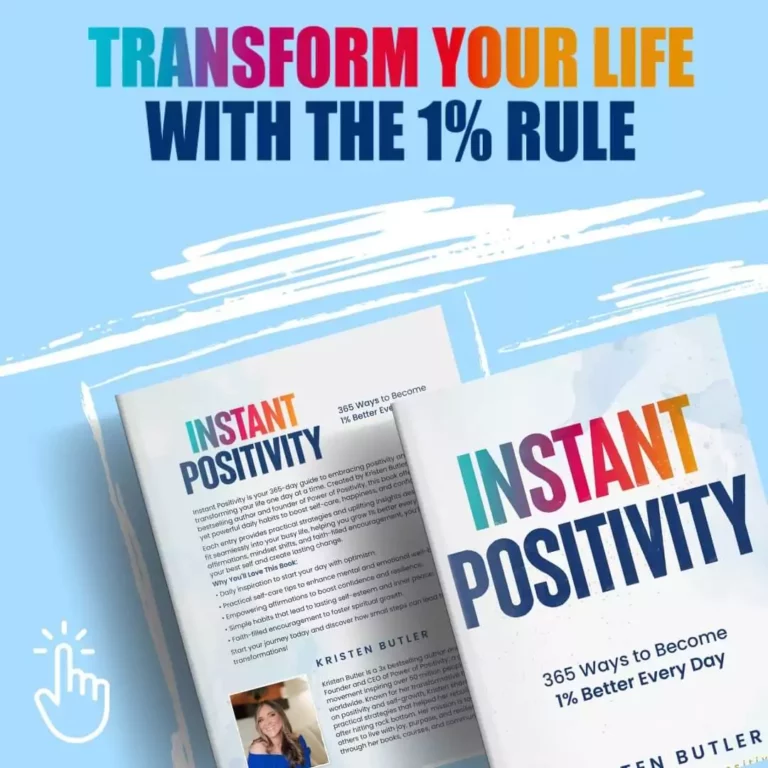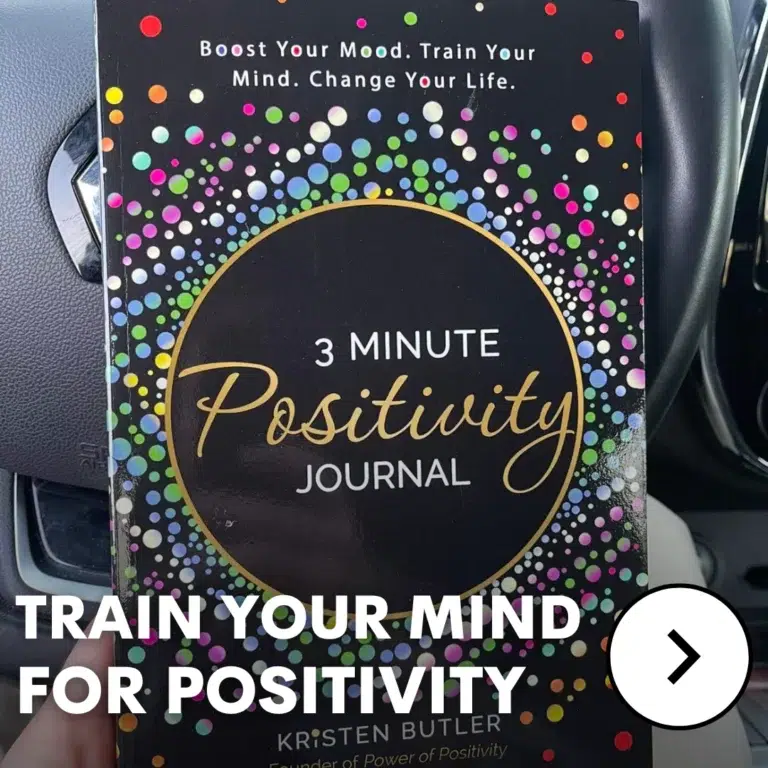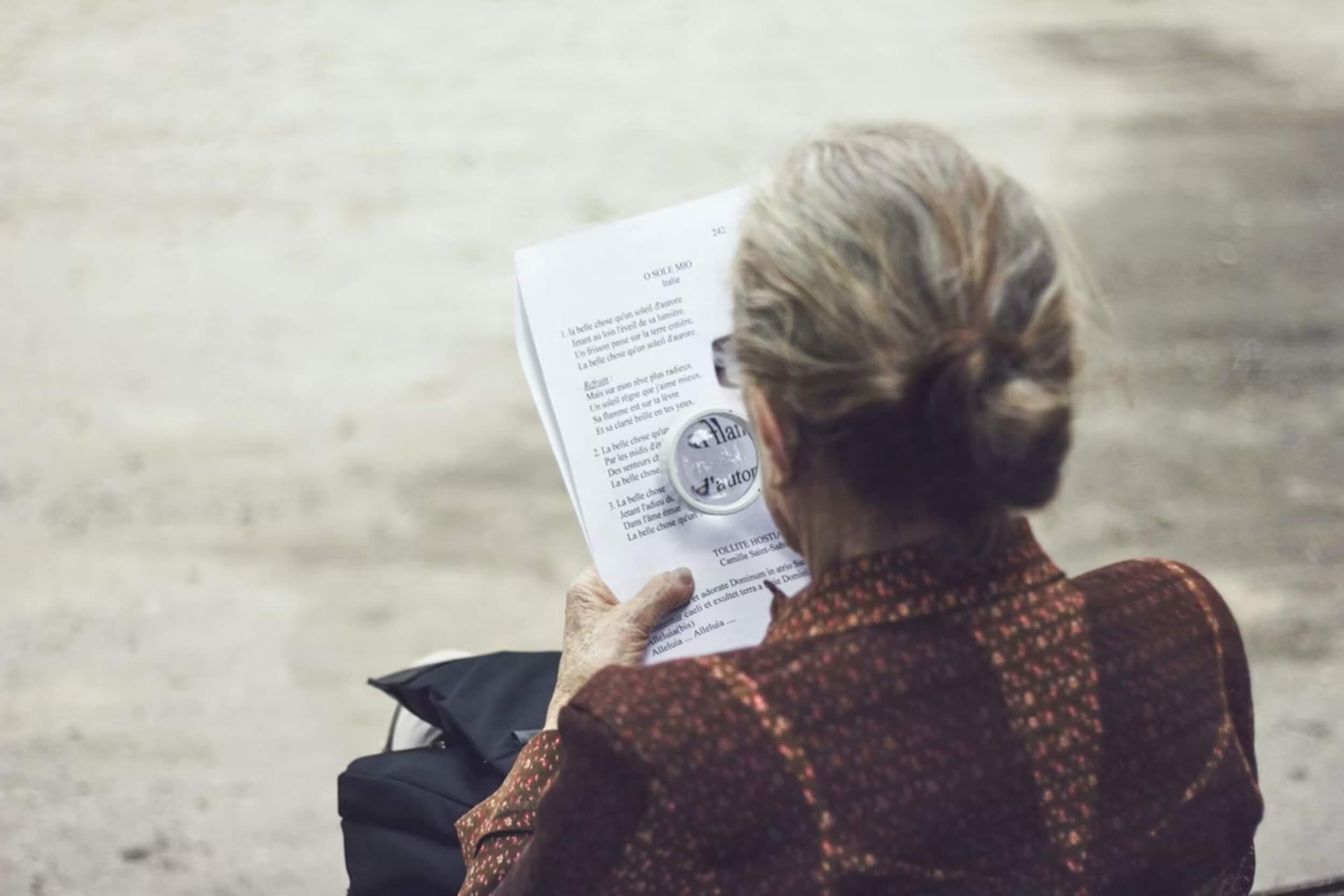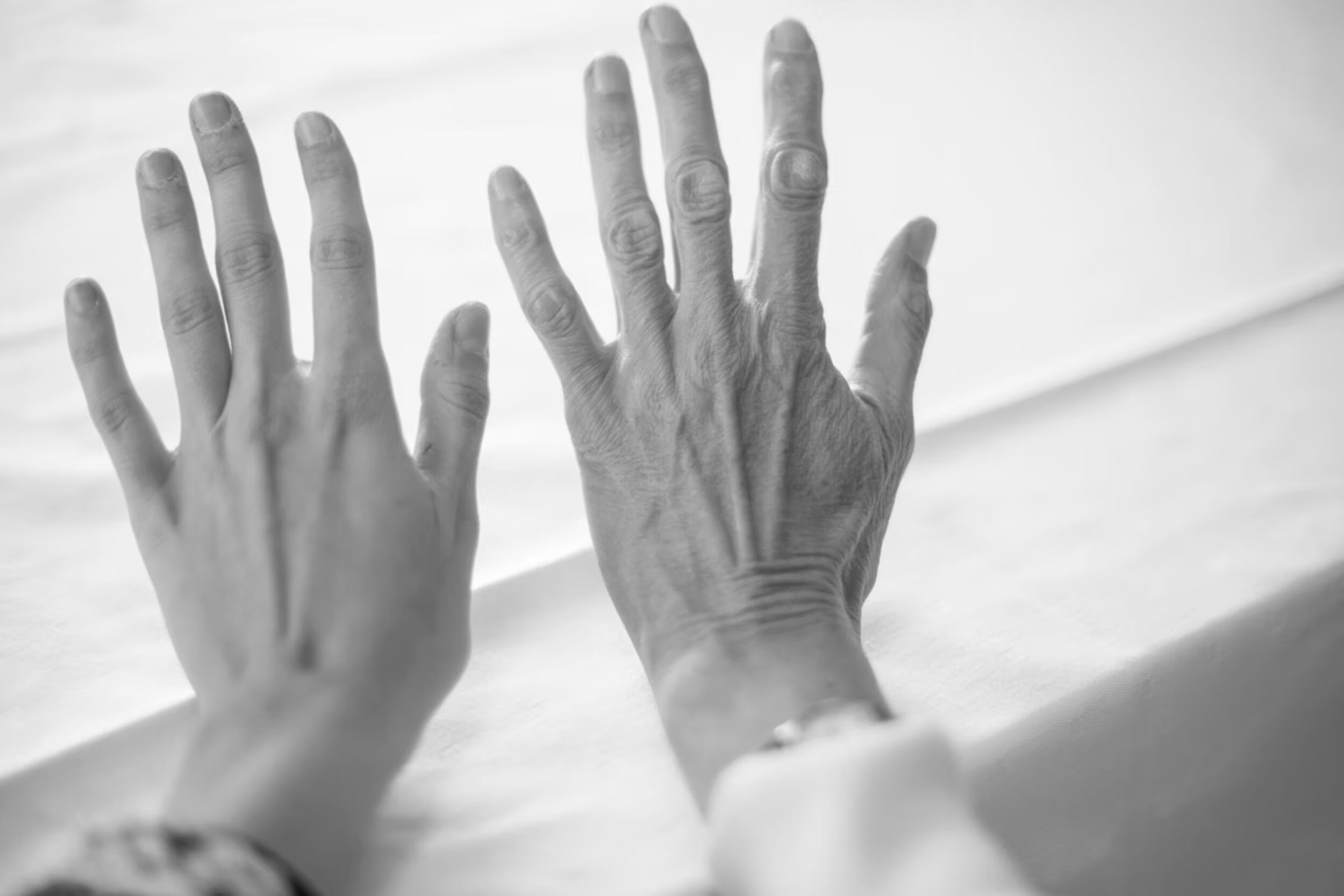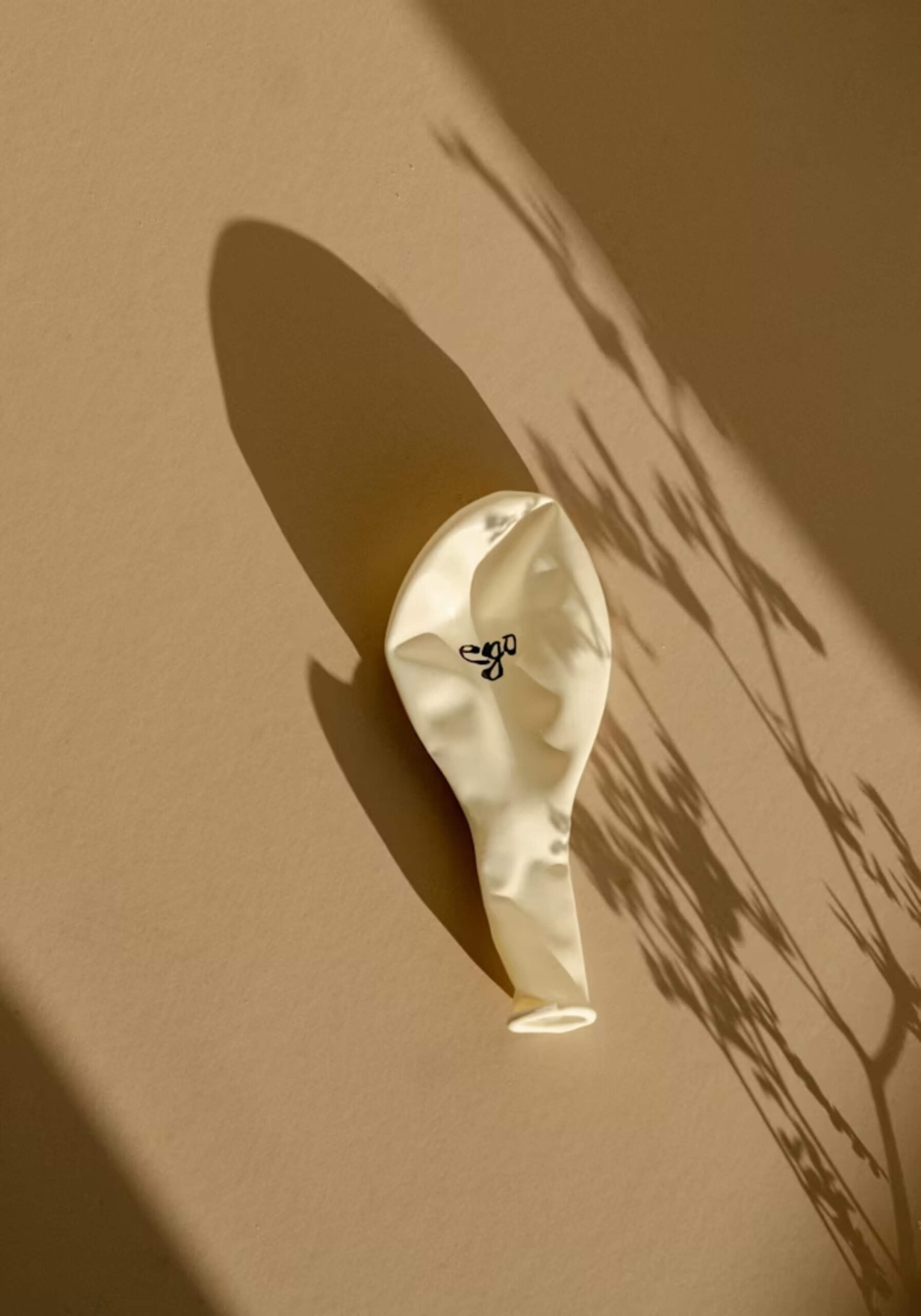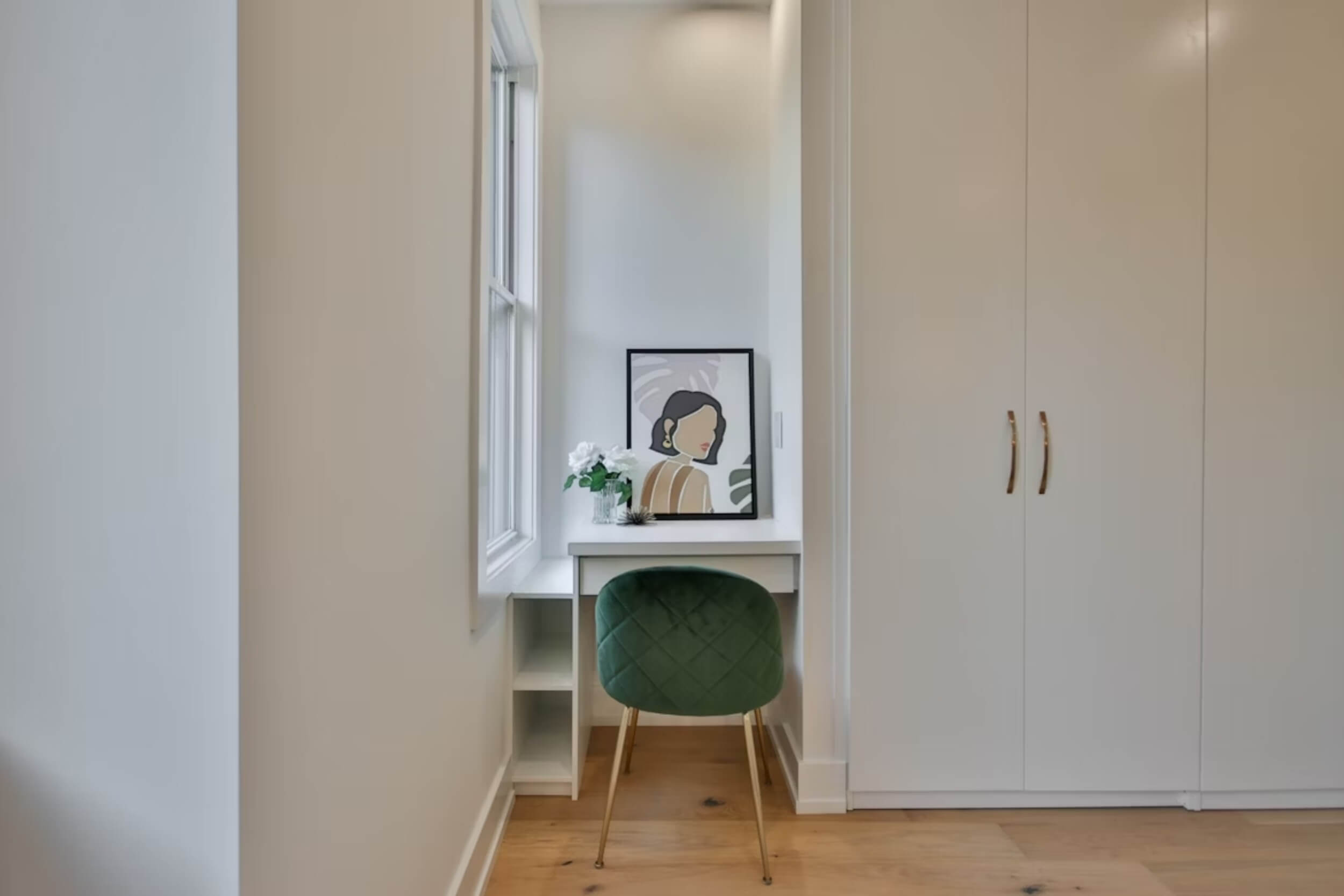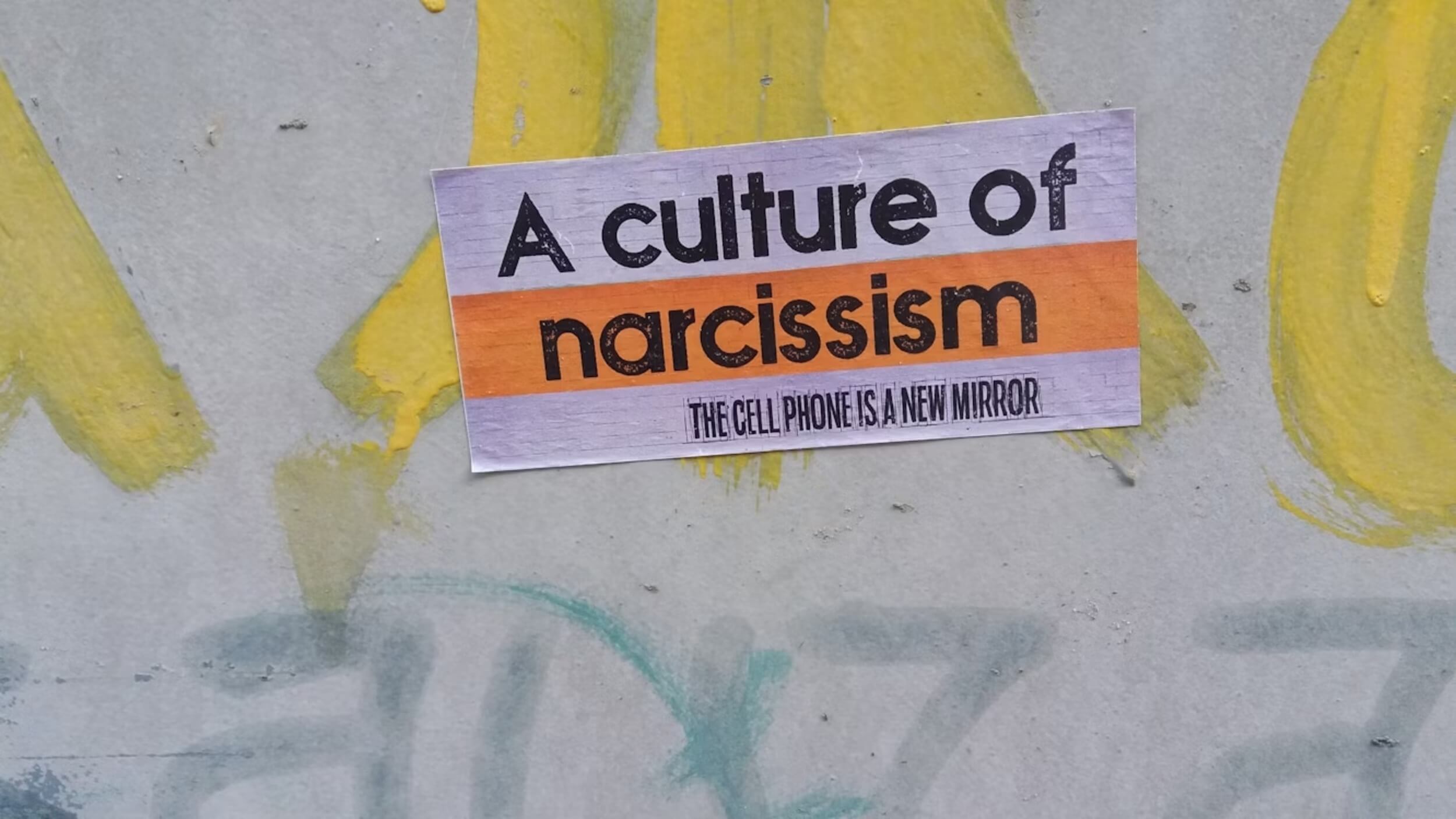When worry feels constant and your mind won’t rest, it’s often more than just stress — it’s your body stuck in alert mode. Anxiety triggers the same system that helps us react to danger, but when it stays active too long, it wears us down. The heart races, muscles tighten, and sleep becomes harder to find.
Therapists often teach simple anxiety relief techniques that help calm this overactive response. They’re used alongside methods like cognitive-behavioral therapy (CBT) or medication but can also stand on their own. These habits focus on steady breathing, easing tension, and grounding thoughts so the body and mind can settle again.
Research shared in JAMA Psychiatry and Frontiers in Psychology shows that regular relaxation or mindfulness practice can lower anxiety levels by as much as 40%. It’s proof that small, consistent steps can bring real balance — helping people feel more in control, calmer, and connected to themselves again.
Indications
Anxiety relief techniques aren’t just for people with diagnosed anxiety disorders—they’re helpful for anyone feeling overwhelmed, tense, or constantly on edge. These methods are often used for:
- Those living with generalized anxiety, panic attacks, or everyday stress that feels too heavy.
- People dealing with major life changes, loss, or trauma who need calm and grounding.
- Patients in medical treatment facing pain or long-term illness.
- Professionals in high-pressure jobs who feel burnout creeping in.
Therapists recommend these techniques as add-ons to therapy or medication—or even as daily habits for managing mild anxiety. The key is learning them correctly and sticking with them. Regular practice helps retrain both body and mind to respond to stress in a calmer, steadier way.
Preparation
Before learning any anxiety relief techniques, it helps to build a small routine around them. Therapists often guide people through a few basic steps that make the process more effective:
- Know your triggers. Recognizing what sets off anxious thoughts makes it easier to manage them.
- Find a quiet space. A calm, distraction-free spot—your room, car, or even a park bench—helps you focus.
- Set an intention. Be clear on your goal, like sleeping better or feeling less tense before work.
- Keep it short but steady. Doing five to ten minutes daily works better than long sessions once in a while.
Studies from the American Psychological Association show that preparation improves how people stick to these habits. Once learned, these anxiety relief techniques can be used anywhere—before meetings, while commuting, or during stressful moments.
Techniques and Treatments
Each of the following anxiety relief techniques has been tested and proven helpful in clinical and therapy settings.
1. Diaphragmatic (Deep) Breathing
A slow, steady breath tells your body it’s safe. Deep breathing helps lower heart rate and blood pressure while easing mental tension.
How to do it:
- Sit upright, one hand on your belly.
- Inhale deeply through your nose for four counts.
- Hold for two counts, then exhale through pursed lips for six.
- Repeat for several minutes.
This simple exercise activates your body’s relaxation response and can be used anywhere—from your desk to your car.
2. Progressive Muscle Relaxation (PMR)
This method focuses on tensing and releasing different muscle groups to release stored tension.
Steps:
- Start at your feet. Tighten muscles for five seconds, then release for ten.
- Work upward through your legs, stomach, shoulders, and face.
- Pay attention to the difference between tightness and relaxation.
Research shows PMR helps lower stress in people facing surgery, chronic pain, or insomnia.
3. Mindfulness Meditation
Being mindful simply means paying attention to the present moment without judging it.
How to try it:
- Sit comfortably, close your eyes, and focus on your breath.
- When your mind wanders, gently bring it back.
- Stay with your breath for a few minutes.
Regular mindfulness practice can reduce anxiety by up to 60%, according to research published in JAMA Psychiatry.
4. Guided Imagery (Visualization)
This relaxation method uses your imagination to replace stressful thoughts with calming mental pictures.
How to practice:
- Think of a place that feels peaceful, like a quiet beach or a sunny garden.
- Visualize the sounds, colors, and smells there.
- Keep your breathing slow and steady.
Studies show guided imagery reduces cortisol, the body’s main stress hormone, and helps patients feel more relaxed.
5. Grounding Techniques
When anxiety makes you feel detached or panicky, grounding pulls your focus back to the present.
Try this exercise:
- Name five things you see, four you can touch, three you can hear, two you can smell, and one you can taste.
Therapists often use this tool to help clients regain control during panic or trauma-related episodes.
6. Cognitive Reframing
This approach helps you shift negative thought patterns that feed anxiety.
Steps:
- Notice an anxious thought (“I can’t handle this”).
- Ask if it’s really true and look for evidence.
- Replace it with a more balanced one (“I’ve managed before, and I can do it again”).
Cognitive reframing is a core part of CBT and helps build a more positive and realistic mindset.
7. Body Scan Relaxation
A body scan helps you notice areas of tension before they become overwhelming.
How to do it:
- Sit or lie down comfortably.
- Slowly shift your attention from your feet to your head, checking in with how each area feels.
- Relax each muscle group as you move up.
Doing this regularly can make you more aware of early signs of anxiety, allowing you to calm down faster.
8. Yoga and Stretch-Based Relaxation
Gentle yoga helps calm both the body and the mind. It encourages deep breathing, flexibility, and inner focus.
Try it:
- Start with simple poses like child’s pose or legs-up-the-wall.
- Hold each pose while breathing deeply.
- Focus on how your body feels rather than how it looks.
Research shows even short yoga sessions reduce anxiety and improve sleep in people with chronic stress.
9. Exposure with Relaxation Pairing
Facing your fears becomes easier when combined with calming techniques.
Example:
- Think of a situation that causes anxiety.
- While imagining it, practice slow breathing until your body feels calm.
This method helps your brain learn that you can face stress without panic. It’s often used in therapy for phobias or panic attacks.
10. Acceptance and Commitment Techniques (ACT)
ACT teaches people to stop fighting anxiety and focus on what truly matters instead.
How it works:
- Acknowledge anxious thoughts without trying to push them away.
- Refocus on your values—family, health, purpose—and take small steps toward them.
Research shows ACT builds emotional resilience and lowers relapse rates compared to avoidance-based coping.
Clinical Significance
Long-term anxiety affects both body and mind—it raises cortisol, weakens the immune system, and increases heart strain. Regular use of anxiety relief techniques can reverse these effects. Clinical studies from Harvard Medical School and The Lancet Psychiatry show real changes in the brain—lower activity in the fear centers and stronger control from calm-focused regions.
Therapists note that these techniques don’t replace medical care but make it more effective. With consistent practice, they help people build healthier emotional responses and improve sleep, focus, and mood. Over time, they also strengthen new neural pathways linked to calm and balance, helping the brain handle stress more naturally.
Enhancing Healthcare Team Outcomes
Helping people manage anxiety often takes a team effort. When doctors, nurses, and therapists work together, patients benefit more.
- Therapists teach and adjust anxiety relief techniques based on each person’s needs.
- Nurses remind patients to use these tools during care routines.
- Doctors recommend them to reduce the need for higher medication doses.
- Wellness coaches and support groups spread awareness through workshops and community sessions.
Team-based care also helps healthcare workers themselves. Practicing these same relaxation methods can lower burnout and boost empathy, making care more effective and compassionate. Studies show that hospitals promoting stress management programs see better teamwork and patient satisfaction overall.




